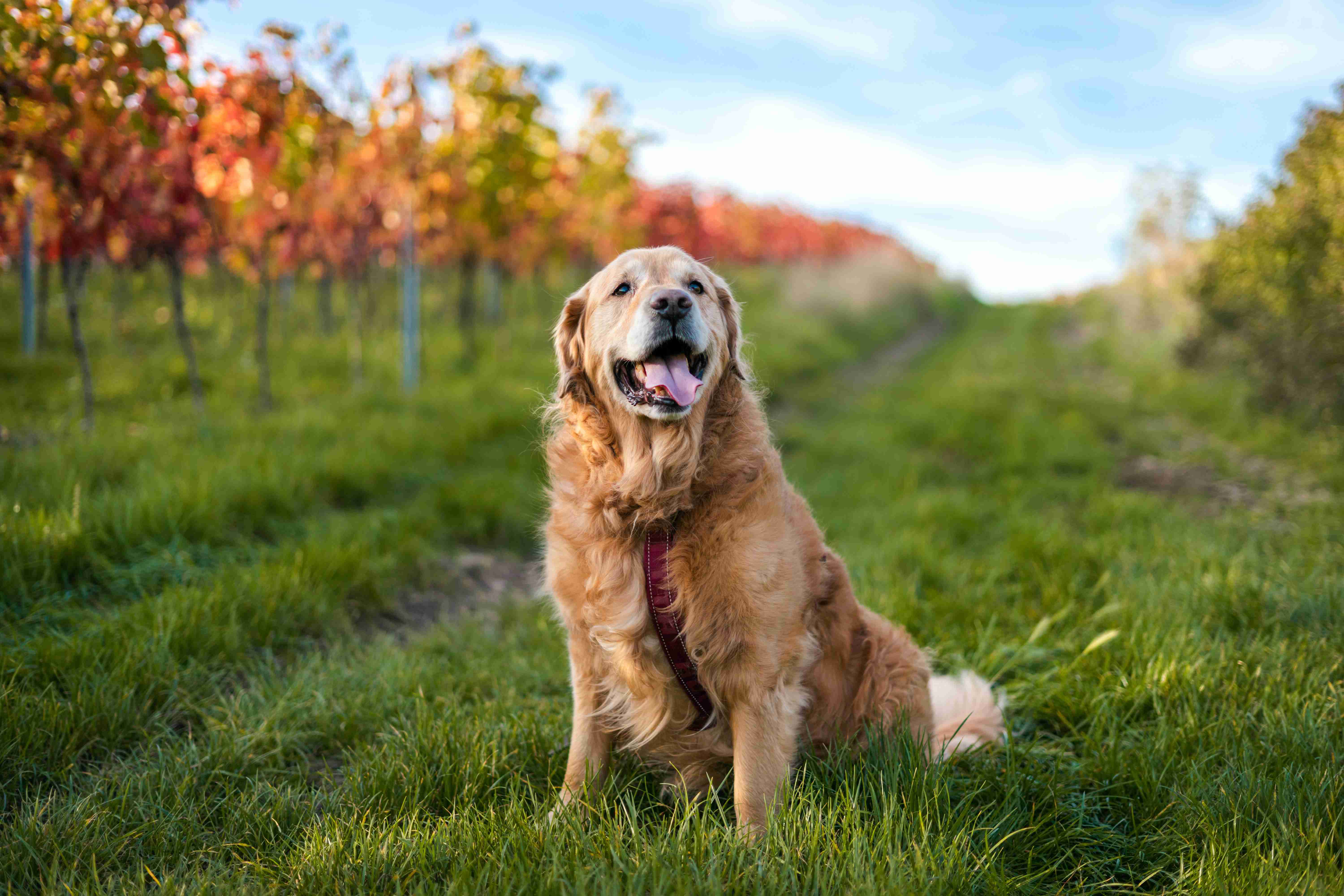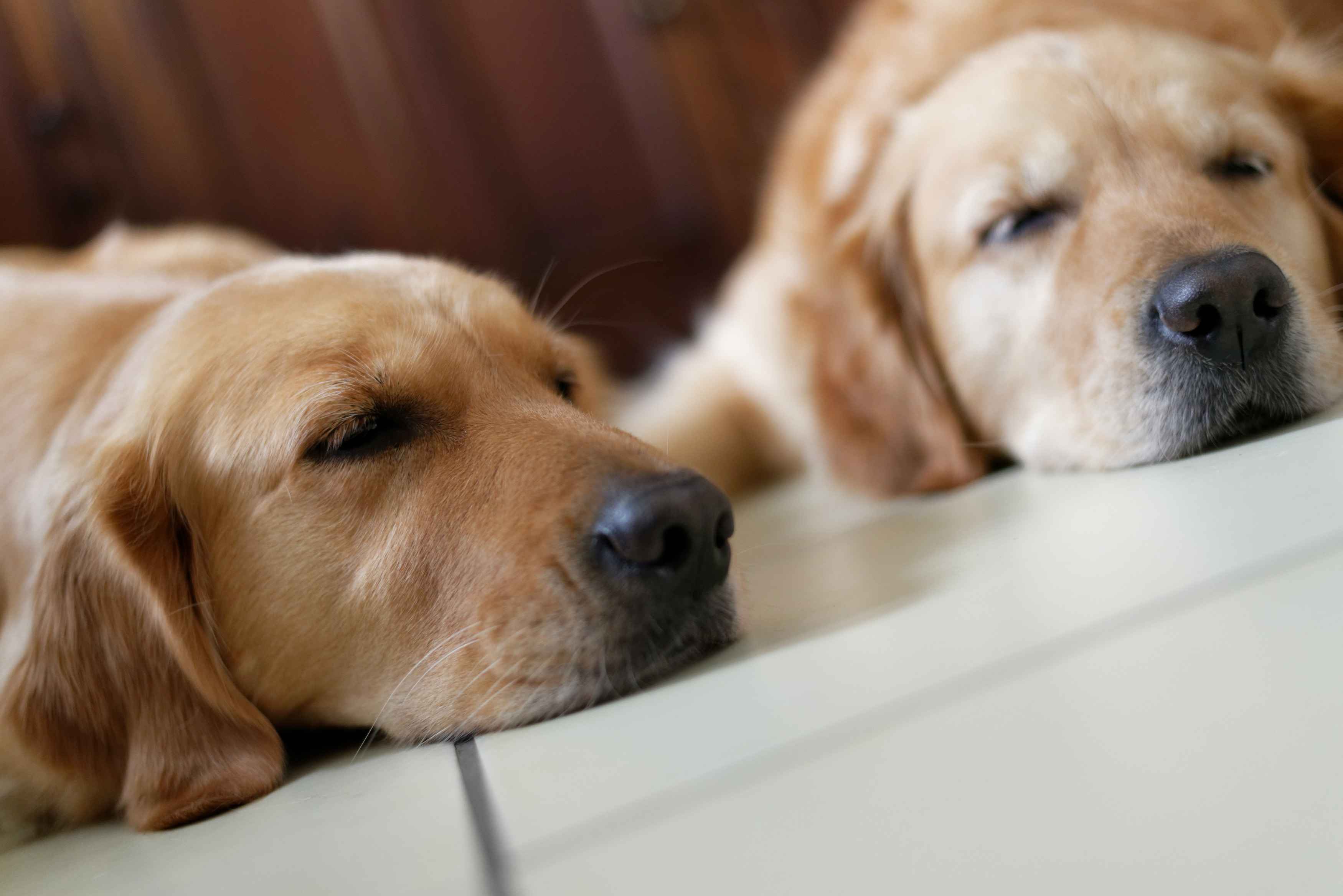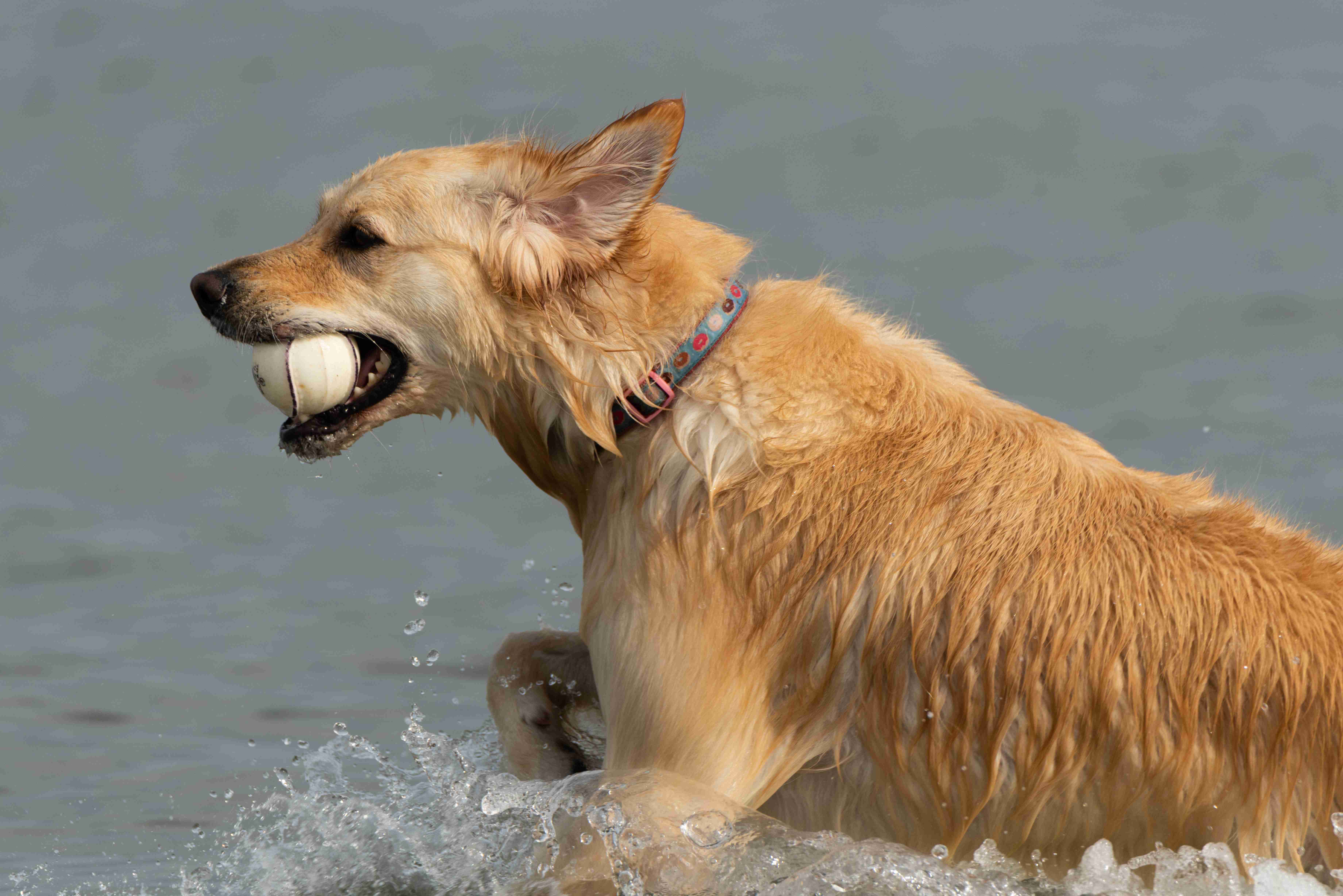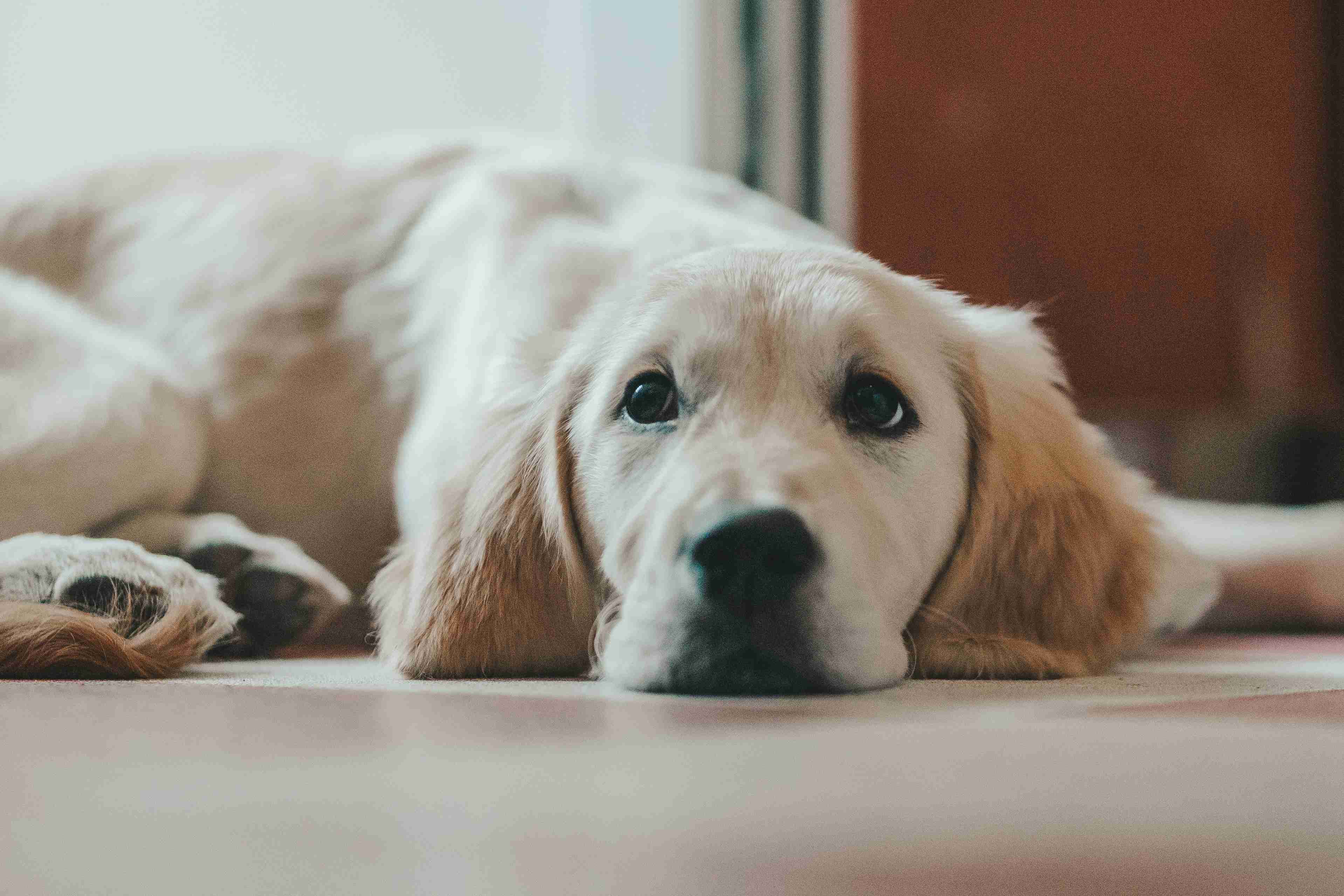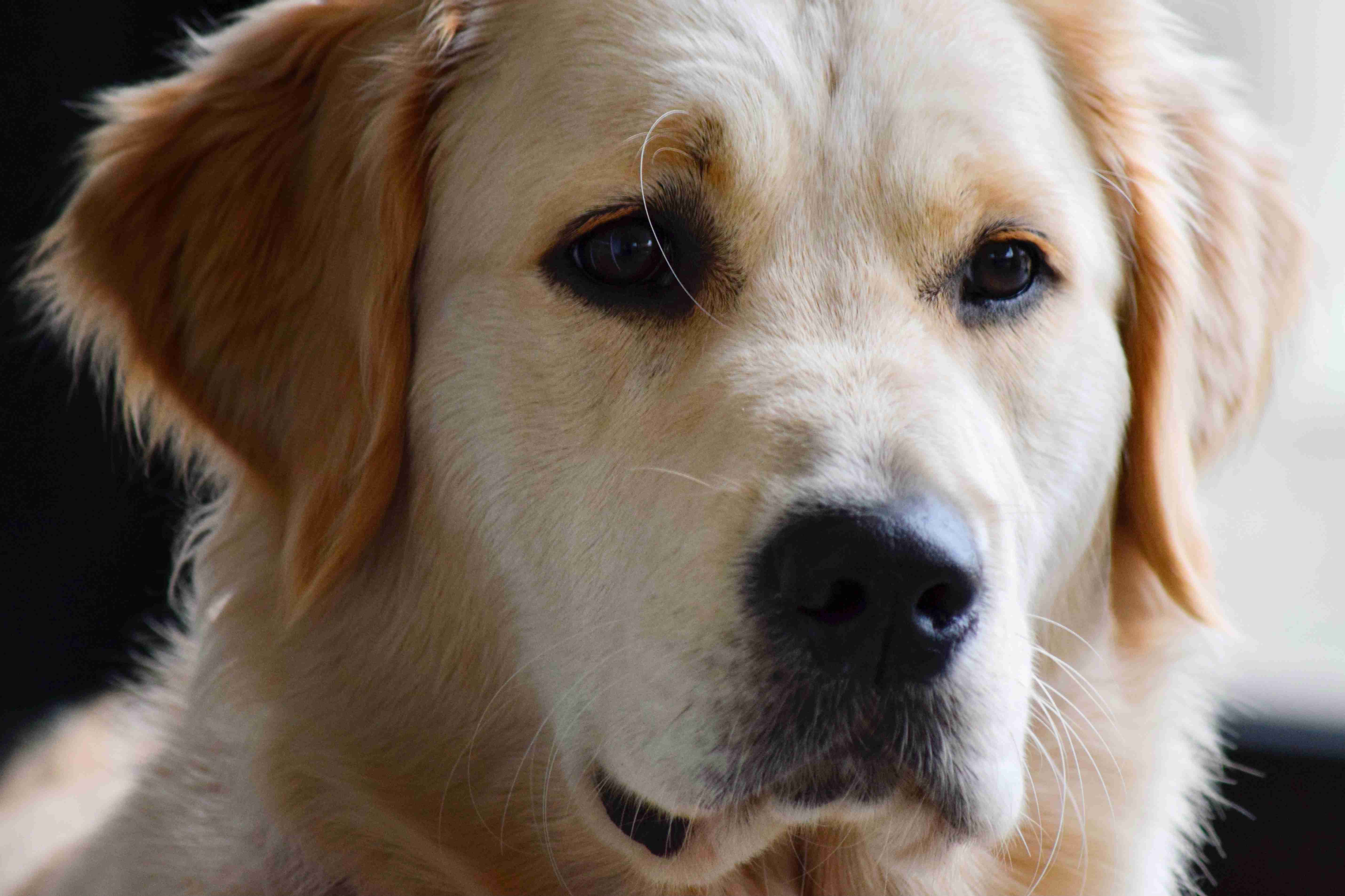Bringing a Golden Retriever puppy home is an exciting time for any pet owner. However, with a new pup comes the responsibility of training them to ensure they grow up to be well-behaved and happy dogs. One of the most effective ways to accomplish this is through crate training. Crate training is not only an essential aspect of potty training but also helps to create a safe and secure space for your furry friend. In this blog post, we will share the top tips for successful Golden Retriever puppy crate training, so you can enjoy a happy and healthy relationship with your pup.
Crate training is one of the most effective ways to train a Golden Retriever puppy. It helps to establish a sense of security and comfort for your puppy, while simultaneously providing you with a tool to manage your puppy’s behavior. Here are some top tips for success when crate training your Golden Retriever puppy:
1. Introduce the crate slowly: Introduce your puppy to the crate slowly and positively. Start by placing the crate in a common area of your home and leaving the door open. You can also place some treats or toys inside to encourage your puppy to explore the crate.
2. Use positive reinforcement: Always use positive reinforcement to encourage your puppy to enter the crate. Give your puppy treats or praise when they enter the crate, and avoid using the crate as a form of punishment.
3. Start with short periods of time: Start by having your puppy spend short periods of time in the crate, gradually increasing the amount of time as they become more comfortable. You can also start by having your puppy nap in the crate during the day.
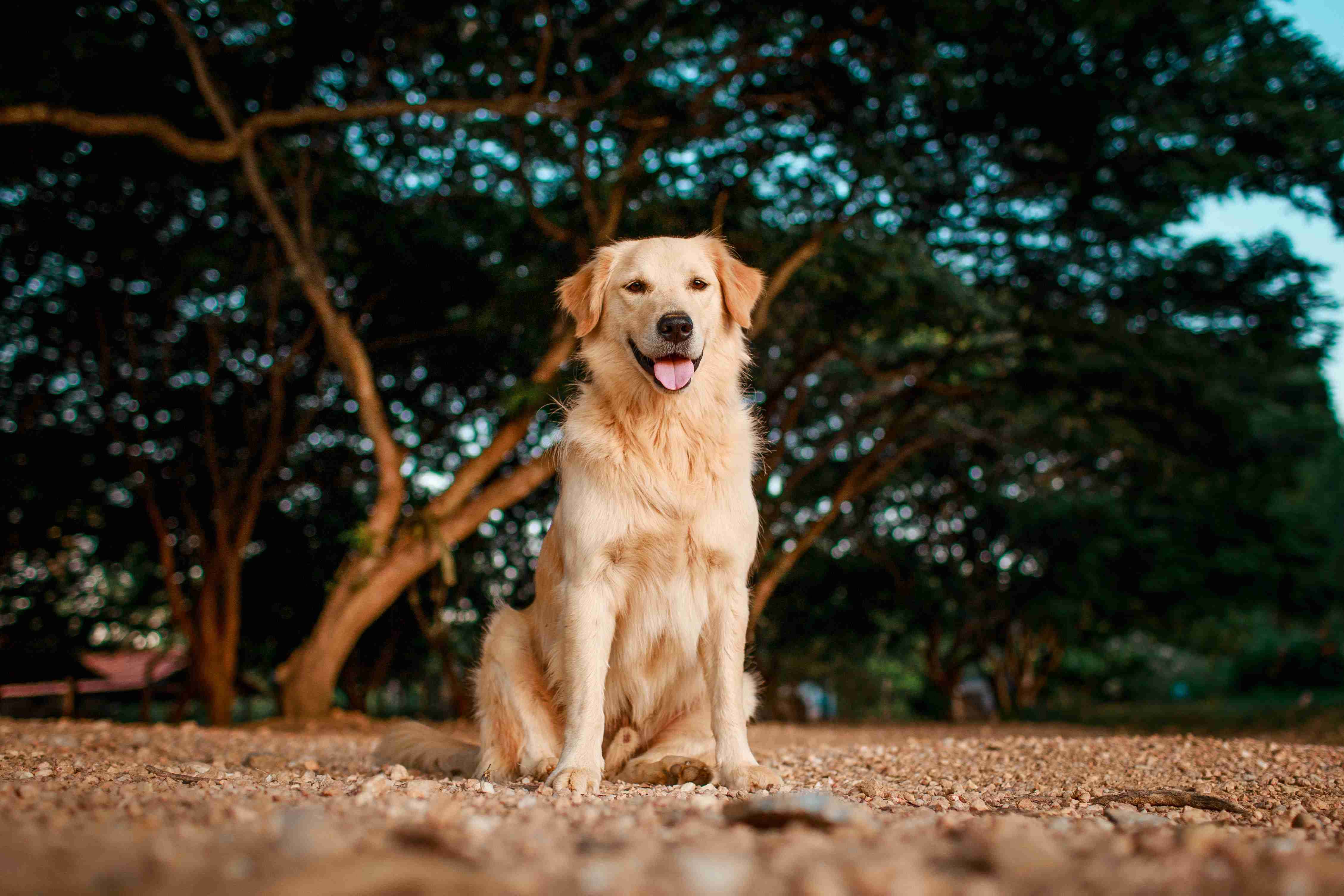
4. Make the crate comfortable: Make the crate a comfortable and inviting space for your puppy. Use soft blankets or bedding, and consider placing a toy or two inside.
5. Avoid leaving your puppy in the crate for too long: While crates can be a useful tool, it’s important to avoid leaving your puppy in the crate for too long. Puppies need plenty of exercise and socialization, so be sure to give them plenty of opportunities to play and explore outside of the crate.
6. Be patient: Crate training can take time and patience, so be sure to take things slow and be consistent with your training. With time and consistency, your Golden Retriever puppy will learn to love their crate and see it as a safe and comfortable space.
In summary, crate training can be an effective tool for training your Golden Retriever puppy. By introducing the crate slowly, using positive reinforcement, and making the crate a comfortable space, you can help your puppy learn to love their crate and use it as a safe space to rest and relax. With time and patience, you can successfully crate train your Golden Retriever puppy and enjoy a lifetime of happy and well-behaved companionship.
In conclusion, crate training your Golden Retriever puppy is a crucial part of their early development. It creates a safe and comfortable haven for them while also teaching them discipline and obedience. Remember that patience, consistency, and positive reinforcement are key to successful crate training. By following the best practices we’ve discussed in this post, you can ensure that your furry friend grows up healthy, happy, and well-behaved. With a little bit of effort and a lot of love, you’ll have a loyal companion for life. Happy training!


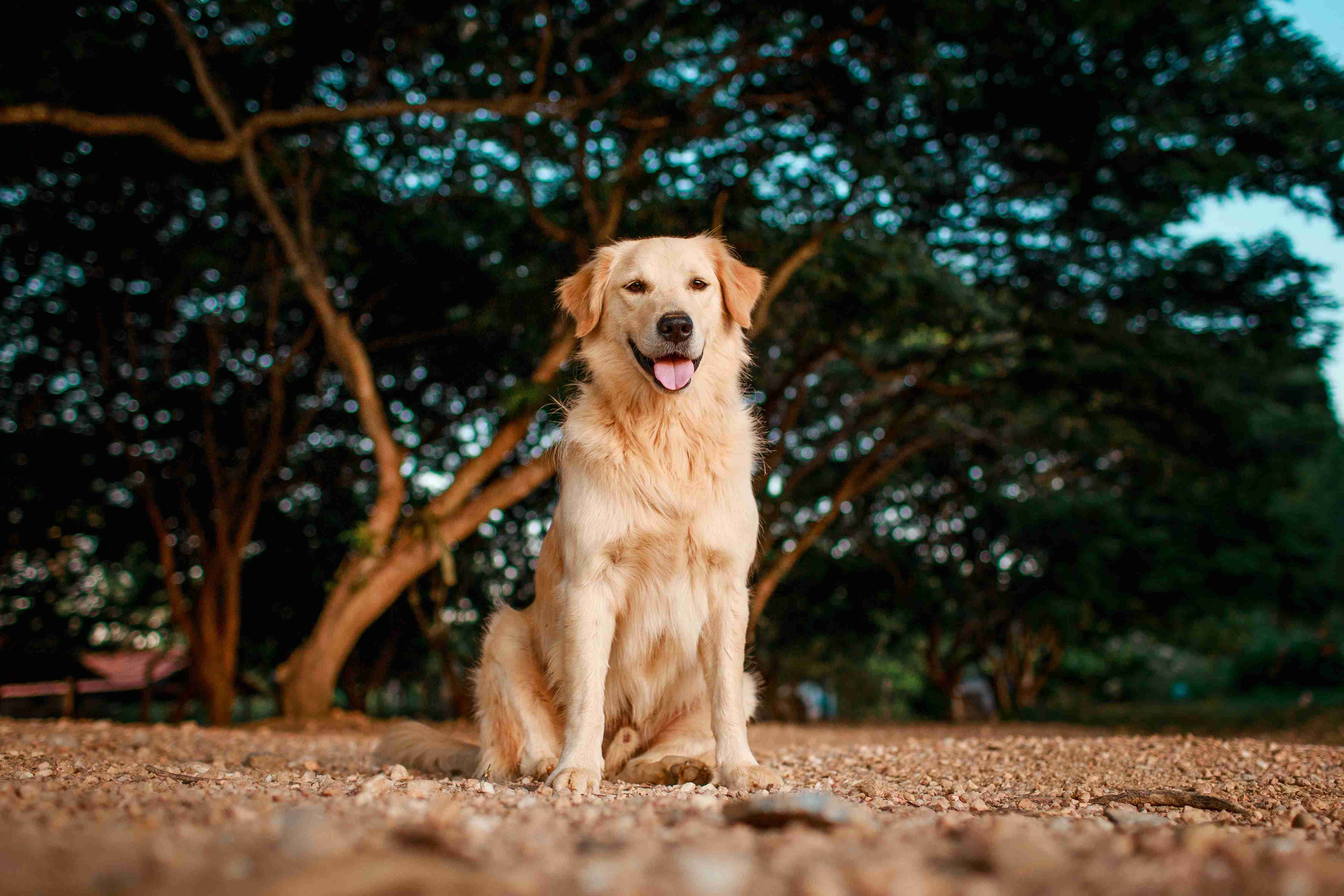
%20-%20Copy.jpg)
